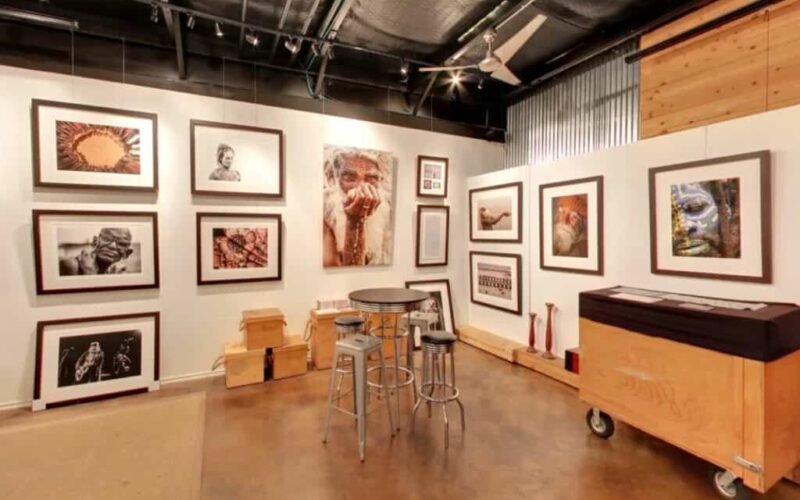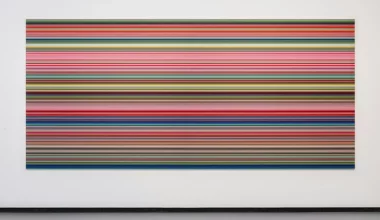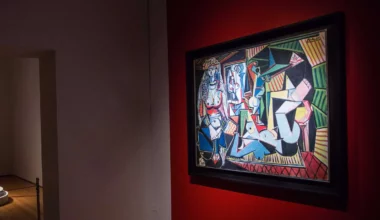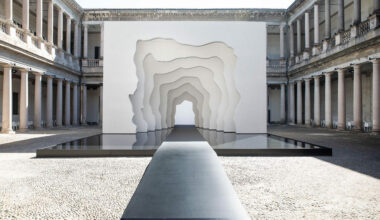As an artist you probably spend time in your workroom constantly creating new work and expressing yourself. But how can you make your artwork for you to fund projects like exhibitions? This is very often a conundrum that artists face, as artists they are not necessarily businessmen and they find this part of their life extremely difficult.
We hope to break down this conundrum by offering three key methods that artists commonly use to gain funding and break them down into bite-sized chunks. The three most common ways to raise money are:
- Crowdsourcing
- Sponsorship
- Self-Funding
When looking to raise capital you need to understand two real elements, which are cost and control. The cost element is simple, it is the amount you want to raise. And the control part is how obligated financially you are prepared to stick your neck out.
Make a Budget
It does not matter if you do not know where the money is coming from yet, you must make a budget. And this will include things like, extra labor, material costs, installation, transportation etc. You cannot hope to gain funding without a realistic budget to show possible investors. Remember to build in 10% or 15% contingency, as costs only increase, and there may be items that you have forgot to add to your list.
Once you have your budget together it will serve as a guide to which way you are looking to fund your exhibition. Remember you will probably need to sign legal contracts at some stage, and it is imperative that you fully understand what you are signing or seek advice from somebody that does.
Crowdsourcing
Crowdsourcing or crowdfunding is a real option when it comes to raising capital to fund your exhibition. There are many sites that facilitate this such as Go Fund Me, Indie Go Go, and Kickstarter that allow artists to look for funding by posting a project.
If you are not familiar with this sort of funding perhaps you need to enlist the help of a friend, but normally a reward is offered to the people that donate, and this reward gets bigger as the money pledged increases. This reward could be almost anything from a signed photo right the way up to a piece of art.
There are many people who want to be patrons of the arts so this sort of raising capital regularly succeeds in funding all manner of art projects. Every crowdsourcing site is slightly different in how they operate, some for instance insist on a campaign reaching its target before any funds get released. Whilst others transfer any monies pledged at the conclusion of a campaign. There are some deductions of course and these are normally for administration purposes, such as hosting your campaign.
It is wise to compare the different options open to you, compare the length of the campaign, the fees, and the restrictions on actually receiving funds if any. If crowdsourcing does not seem right for your purposes, then you may have to consider other options.







